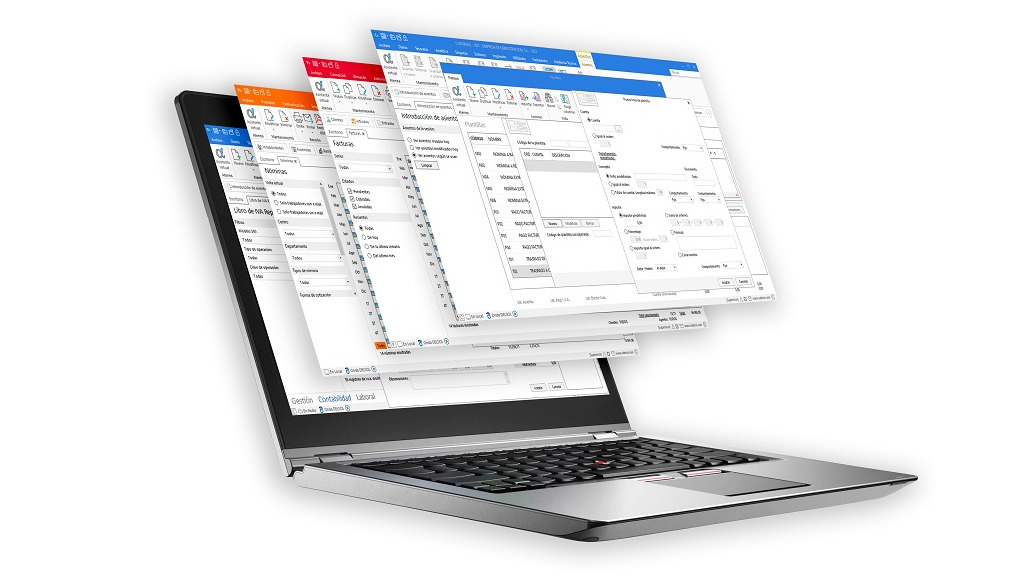
The Windows ecosystem currently has a market share of approximately 76% in desktop operating systems. But despite the potential growth of Microsoftit is striking that does not have its own mobile operating system. However, the company had it until 2017, the date on which the end was put to Windows Phone.
In a recent interview given by Satya Nadella, CEO of Microsoft, admits that the company made serious mobile mistakes. And he believes that Microsoft’s exit from the mobile phone business could have been managed better, since there were methods to make it work, perhaps reinventing the computing category between PCs, tablets and phones.
The Windows Phone mobile operating system struggled to gain a foothold in a complex market dominated by Android and iOS, even obtaining a high market share in certain areas. But it was gradually abandoned adrift and gave ground to Google and Android.
All of Microsoft’s efforts over the last decade have focused on manufacturing applications for iOS and Androidconstantly updating your application Phone Link to link Android phones and iPhone to Windows. It also maintains a close relationship with Samsung so that its Office mobile applications are pre-installed on the company’s Android phones.
Windows Phone featured great advantages in matters of security, since all the downloaded applications were certified and had an integrated app that acted as an antivirus against malware. Besides, The multitasking function worked very well.
The causes of its extinction
Windows Phone closed in 2017 due to the lack of support from developers and for him decline in the number of mobile users. During its last year of activity, the market share fell to less than 1%, although it was always below 4%. Windows Phone market share went from 2.5% in 2015 to 0.1% in the first quarter of 2017.
If you analyze its history, you can see that the market share of Windows Phone in 2013 in the United Kingdom was 12% and in Italy it was 17.1%. In 2011, two years earlier, it was predicted that Windows Phone would increase its global market share from 3.8% to 20% in 2015, but these estimates were never met and the company’s division ended up closing. .
In the US market they did not manage to surpass the barrier of the historical maximum of 5%. Microsoft had up to 800,000 applications available in the Windows Phone store, while iOS had about 2.2 million and Android with 4.4 million.
The company attempted a change following the Windows Phone and RT licensing to increase market share, but it was not fruitful. Similarly, Microsoft attempted to stem the decline with its $8 billion acquisition of Nokia, but data showed it was not a profitable investment.
A feeling of self-criticism
Satya Nadella is not the first Microsoft CEO to acknowledge that major mobile mistakes were made. It must be remembered that upon his arrival in 2014, replacing Steve Ballmer, wrote off $7.6 billion related to the acquisition of the Nokia phone business. Then Microsoft launched the terminals Surface Duo and Surface Duo 2 with Androd, but the lack of software updates They seem to condemn these devices to extinction.
Ballmer’s management was no better than Nadella’s, because after criticizing iPhone for not being able to attract business customers despite being the most expensive phone in the world, regretted in 2013 not having focused its attention on the mobile phone sector. Recognize that they were too focused on the success of Windows Vista and that they did not know how to see the market opportunity that was presented to them with the mobile telephone sector.
The antitrust lawsuit initiated by regulators in the US against Microsoft in 1998 and the lack of adaptation to the latent changes in the market, caused Windows Phone to fail. The manufacturers took the entity’s bet as a threat and They quickly suspended the licensing of Windows Phone in favor of Android.



